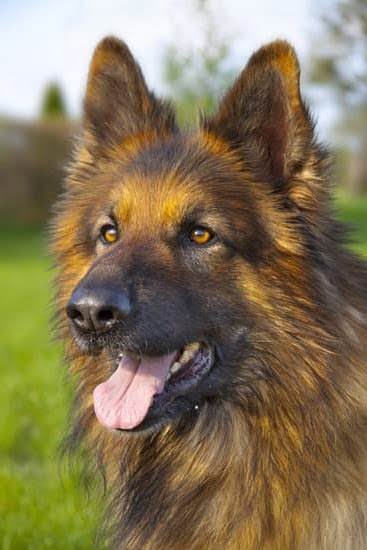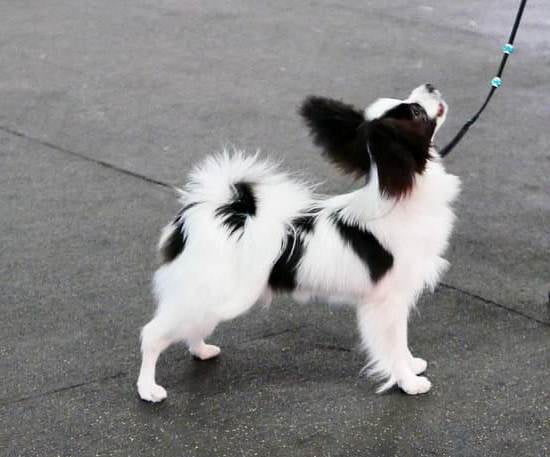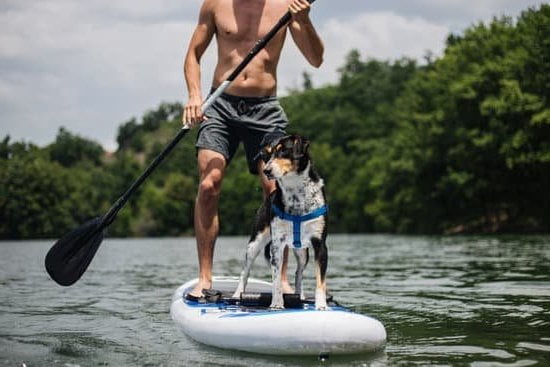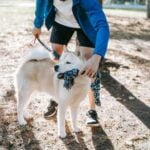Introduction
It is important to train a dog to stop peeing when excited because it can lead to embarrassment, sanitation issues, and even a damaging urine odor. In addition, it suggests a lack of self-control which can undermine other areas of training and your relationship with your pet. Training your dog to stay calm and not urinate when excited will help them become more well-mannered, amenable, and dependable companion in both social and private settings. Additionally, it encourages them to be aware of their environment so that they can control their impulses. Ultimately, training your dog to stop peeing when excited not only presents short term advantages such as improved hygiene and controlling messes but longterm advantages such as avoidance of destructive behavior and establishing an overall command over their behavior.
Understanding Your Dog’s Behavior
Whenever a dog is excited, it may appear jumpy and its tail will usually be wagging rapidly. Recognizing these signs can help you know when to intervene before your pup starts to pee when excited. Additionally, other signs of a dog about to urinate include sniffing and circling an area, which are classic signs of a dog preparing to do its business regardless of how the pup is feeling. Knowing these behaviors – whether your pup is just looking for a place to go or if they’re actually getting ready to urinate due to excitement – can help you train your pup better.
Preparing for Training
The best rewards to use when training a dog to stop peeing when excited are treats that the dog finds highly motivating. These might include their favorite food treat or toy reward. The general rule is the better the rewards, the more likely it is that your dog will pay attention and associate being good with getting these rewards. You should also set up the environment for training so you can easily access and control your supplies. Have plenty of paper towels at arm’s length to clean up any potential accidents and also have water on hand for both yourself and your pup for short bathroom breaks as needed. Additionally, you should use a leash when training in an area outside of your home until your dog has successfully learned to stop peeing when excited. This will allow you to have more control over where he is going and quickly intervene if necessary.
Positive Reinforcement Training
One way to successfully train a dog to stop peeing when excited is through the use of positive reinforcement. This approach relies on rewards and praise rather than punishment or physical discipline. The most important aspect of this training method is that it reinforces the bond between the dog and owner while still helping the animal learn appropriate behaviors.
When attempting to teach your dog not to pee when excited, it is essential to reward them immediately after they have stopped peeing. During this process, be sure to use treats, petting and kind words as tangible rewards for appropriate behavior. Additionally, if a particular action precedes the excitement-elicited urinating, such as being petted or having a toy waved in front of them, make sure that the action does not take place until after the animal has calmed down. This helps them understand why they are receiving praise and treats from you; eventually associating their reward with good behavior instead of inappropriate elimination.
Finally, while training your pup, it is also important to remain calm and consistent throughout all practices; never shouting or scolding them for making mistakes along the way. Doing so will only confuse your dog further and shut down their progress; erasing any strides that have been taken thus far in their development.
Consistency
Consistency is key when it comes to training a dog not to pee when they are excited. You need to be sure that you are regularly reinforcing the message that peeing due to excitement is unacceptable. This can be done through regular positive reinforcement such as rewarding desired behaviors, giving affection, and providing plenty of verbal praise when they exhibit controlled behavior.
It is also useful to try verbal corrections if your pup starts to display signs that they may go in the wrong spot, this can help them learn which behaviors are acceptable and which aren’t. There should also be a consequence for any inappropriate elimination such as ignoring them or walking away from any situation that may result in unwanted elimination. Lastly, take your pup on regular walks so they have an opportunity to evacuate their bladder when appropriate before coming back home. This can help to eliminate the potential for accidents inside by exhausting their bladder beforehand.
Possible Medical Issues
If you’ve tried multiple training methods to stop your dog from peeing when excited and cannot seem to get any results, it is important to rule out any potential medical conditions. Some possible causes could be bladder infections, diabetes, kidney disease, urinary incontinence or a urinary tract infection. Signs to watch out for if the behavior persists are urinating more frequently than normal, straining while urinating, blood in their urine or pain associated with urinating. If any of these signs are observed contact your veterinarian right away so they can assess your pup’s condition and ensure they receive the best care.
Conclusion
To train your dog to stop peeing when excited, you should start by taking your pup outside to an area where they are likely to go in a designated potty spot. From here, be sure to reward them with treats and verbal praise whenever they eliminate in the right spot. During this training period it is also important that you have zero tolerance for accidents inside the house because once you start rewarding outdoor peeing then it’s easier for your pup to recognize that peeing outside is the appropriate behavior while inside it is not. You can also keep an eye on your pup during those high excitement moments like playtime or when someone new comes into the house. If you catch them in the act, immediately take them outside so they can finish their job appropriately. This repetition of positive reinforcement will help them remember not to pee inside and show that proper potty etiquette has rewards!
Conclusion: In conclusion, training your dog not to pee indoors when excited requires quite a bit of patience and consistency. Start by designating an outdoor potty spot and taking your pup there every time they show signs of needing to go. Immediately reward any successful attempts outdoors with treats and verbal praise so that your pup learns the expected behavior quickly. When possible, try to intercept any potential accidents inside with redirection swiftly and take him or her outdoors straight away so as not to reinforce wrong behaviors. With dedication and consistency, soon enough we can have happy puppies enjoying their time both indoors and outdoors free of indoor messes!
Additional resources:
For further help with potty training tips, tricks and guidance there are several excellent resources available online such as websites dedicated solely to canine pet care, pet forums related to potty training queries, books on how-to potty train dogs or even utilizing one-on-one professional assistance from certified trainers if needed.

Welcome to the blog! I am a professional dog trainer and have been working with dogs for many years. In this blog, I will be discussing various topics related to dog training, including tips, tricks, and advice. I hope you find this information helpful and informative. Thanks for reading!





